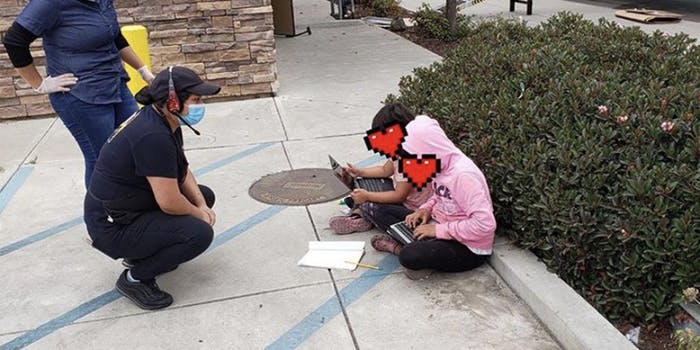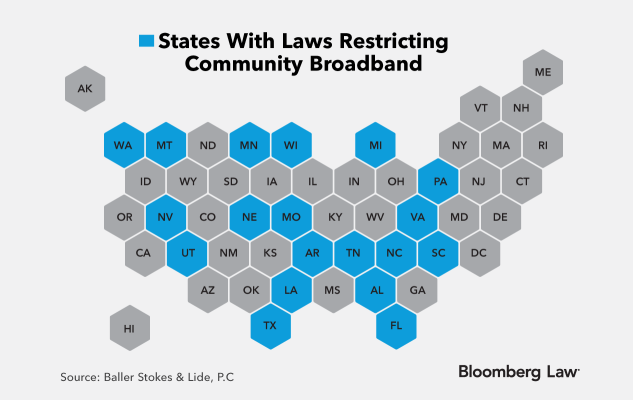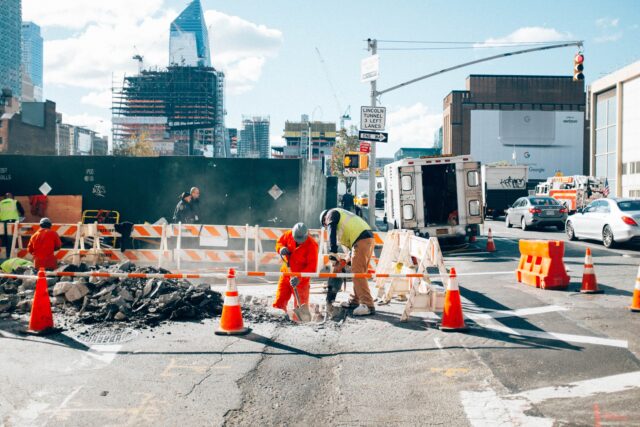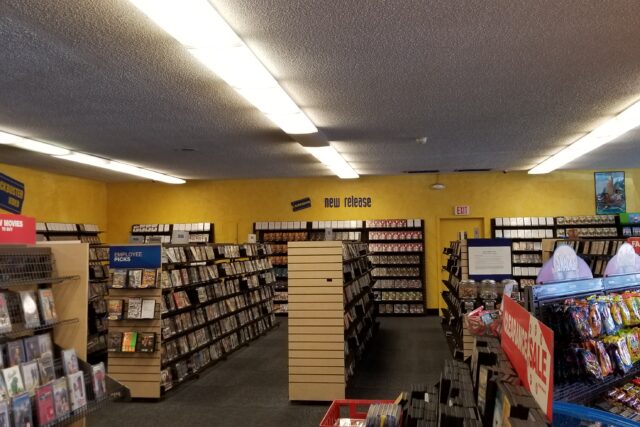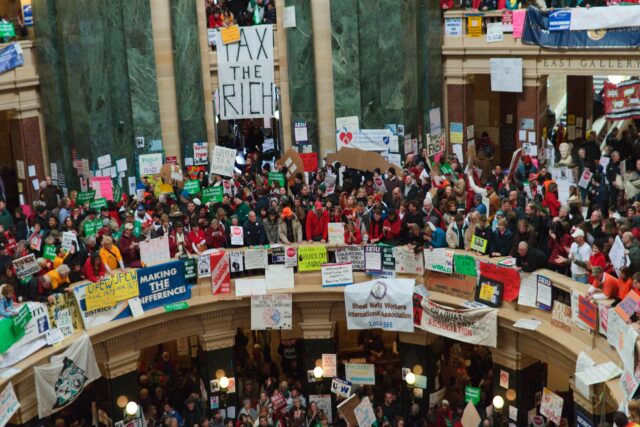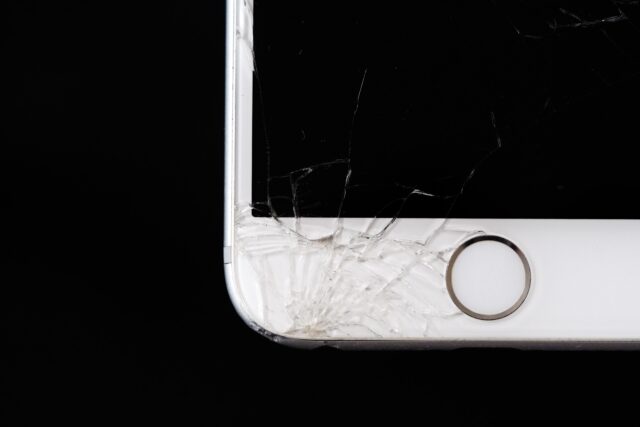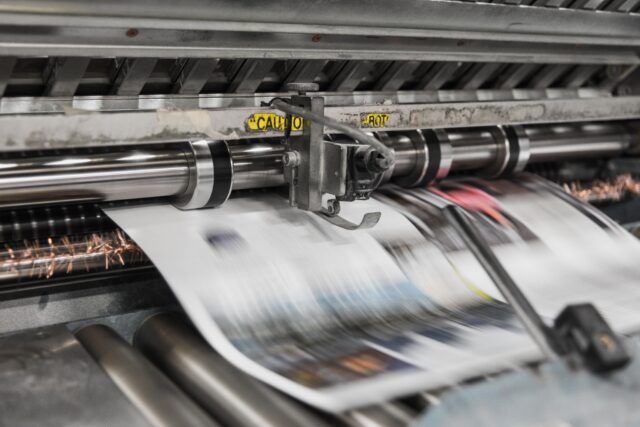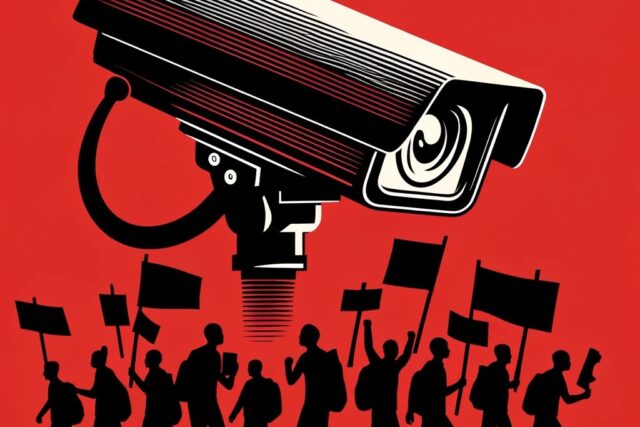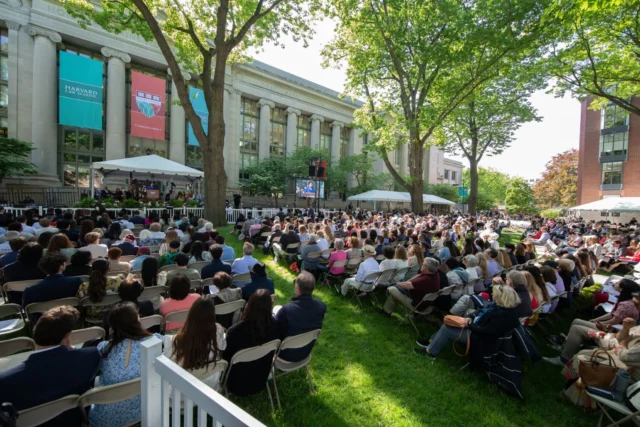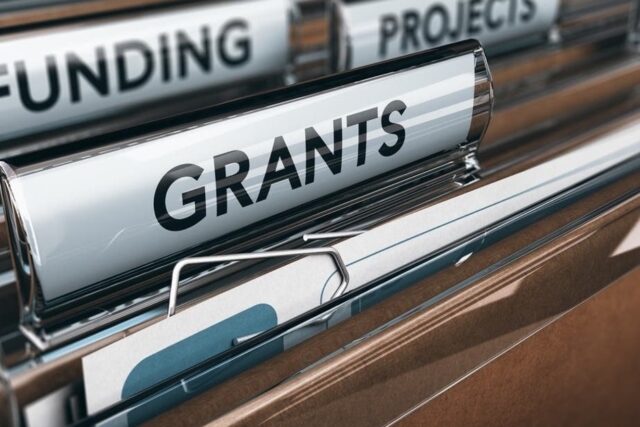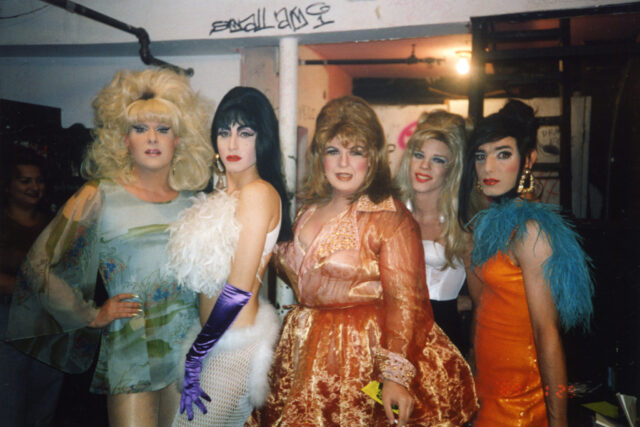The Digital Divide is No Accident
How Corporate Incentives and Deliberate Decisions Kept Americans Offline
Amy Robinson
March 26, 2023
I needed to remove a tree. So I did what most any millennial would do and Googled “Tree Removal Companies Near Me” and had dozens of results in less than a minute. Tom Murphy, a local tree trimmer from Virginia, called me up to put together a quote. “Would you mind just texting me when you get the quote after I email it to you this evening?” Tom asked in a soft drawl. “We don’t have Internet at home so my wife has to drive into town to email quotes to customers, and I’d hate for her to have to turn around and drive back if it didn’t go through.” Tom’s cumbersome experience of trying to send an email for his family business stood in sharp contrast to the deluge of tree trimmer information I had looked up moments before. Despite living less than an hour’s drive apart, Tom and I lived in completely different digital worlds.
The Internet is a physical marvel – a feat of tubes and cables crisscrossing below and around us. Talk-show hosts ridiculed the late Senator Ted Stevens back in 2006 for referring to the Internet as a “series of tubes,” but there is more truth in his statement than most people like to recognize. Consider the path that a simple online request takes – the raw physicality of it all. The seemingly mundane task of sending an email requires surprisingly complex infrastructure. First, the request – communicated through a series of pulsing light – travels from my home router to a switchbox of cables for my street. That switchbox is then connected to the cable running down a street, which then tunnels under city streets and trapezes utility poles to finds its way to a local data center. From the local data center, the data travels across the backhaul fiber optic cable connecting cities. If this were an international communication, the pulses of light then traverse the bottom of the ocean. Even wireless communication, such as the novel 5G network, are still all grounded in the crude physicality of cables and wires crisscrossing our cities, underlying our roads, and keeping company with deep sea creatures. Yes, the physical marvels underpinning the Internet are easy to forget. Unless you don’t have access to it.
The digital divide is not an inevitable reality; it was deliberately developed.
One in four households fall on the wrong side of the digital divide in America. The phrase “digital divide” captures the gap between those with reliable, affordable Internet access and those without. The Commerce Department first identified the digital divide as a significant societal problem in 1999 when it stated that lack of Internet created a divide between “haves” and “have nots.” Over twenty years later, the digital divide remains entrenched in the United States. While “digital divide” is the traditional term used to describe the lack of Internet access, it oftentimes doesn’t sit right with me. “Digital divide” paints an image of an uncontested fact of nature – like the Grand Canyon. A phenomenon that simply emerged outside of human actions. But more accurate terms would be “digital discrimination” or even “digital redlining,” since the inequitable state of broadband today is the direct result of deliberate corporate action. Private companies that have focused on profit rather than equity have resulted in low-income, minority, and rural communities being left in the digital dust. Regional internet service provider (“ISP”) monopolies that can charge whatever price they want have resulted in the U.S. ranking second to last (just above Mexico) in broadband affordability compared to the other OECD counties. Meanwhile, telecom lobbying forces have squashed any meaningful push for change. The digital divide is not an inevitable reality; it was deliberately developed.
![]()
Digital discrimination lurks in every community. Take for instance, the City of Pharr, a mid-sized city located at the southernmost tip of Texas, where almost 60 percent of households lack broadband of any kind (including cellphone data plans). Yet the digital divide is not just a rural problem. If you look close enough, you will find that most urban communities also suffer from digital discrimination. One third of households in Lynwood, California, a city located in Los Angeles county, lack access to broadband. On the other coast, in the nation’s capital, 20 percent of households lack access to broadband. Similarly, just an hour drive north, Baltimore suffers from a whopping 40 percent of households without access to broadband.
Broadband refers to high-speed Internet. Technically speaking, an Internet connection must have a download speed 25 megabits per second (“Mbps”) and an upload speed of 3 Mbps in order to classify as broadband. It is important to understand what these terms and benchmarks refer to, since they become political terms of art. The Federal Communication Commission (“FCC”), which oversees much of the regulations regarding Internet infrastructure and pricing, sets these benchmark minimal speeds for broadband download and upload speeds. Download speed refers to the speed necessary to load a webpage or watch a movie on Netflix or listen to a song on Spotify. Traditionally, download traffic was prioritized since the Internet largely focused on consumption. However, new online activities, especially during the pandemic, require much stronger upload speeds than traditional Internet activities. These new virtual activities, such as Zoom happy hours, work teleconferences, or online teaching, are data-intensive activities that now require strong and symmetrical download and upload speeds.
The FCC’s current 25 Mbps download and 3 Mbps Mbps upload threshold for broadband is seven years outdated. For reference, in 2015, Drake’s “Hotline Bling” played nonstop, Hamilton first hit Broadway, and people were blissfully unaware of virtual happy hours and “quarantinis.” The U.S. Government Accountability Office recommended that the FCC change its definition of broadband after finding that the current minimum benchmark speeds are too slow to meet many small businesses’ needs. Last year, a bipartisan group of senators urged federal agencies to “update federal broadband program speed requirements to reflect current and anticipated 21st century uses” and stated that the new benchmark should be symmetrical speeds of 100 Mbps. The senators lamented, “Ask any senior who connects with their physician via telemedicine, any farmer hoping to unlock the benefits of precision agriculture, any student who receives livestreamed instruction, or any family where both parents telework and multiple children are remote learning, and they will tell you that many networks fail to come close to ‘high-speed’ in the year 2021.” The 25 Mbps download/ 3 Mbps upload benchmark does not even meet Zoom’s recommended standards, which calls for 3.8 Mbps upload for one video stream and does not take into account the modern reality of multiple household members streaming videos at once.
Despite these recommendations, as well as the lived experiences of millions of Americans, the FCC has not updated its definition of broadband. This can partially be explained by political incentives to keep benchmarks low in order to skew reporting one way or the other. If you say that a 25 Mbps download speed counts as “broadband” (instead of, say, 50 Mbps as a minimum speed) then more households have so-called “broadband” (even if those Internet speeds are not sufficient for a multiple person household to actively engage online). More households with “broadband” mean that the administration in charge gets to claim that the digital divide is closing due to its efforts. In fact, former FCC Chairman Ajit Pai’s Commission even suggested that it would be appropriate to consider a household “served” by an ISP if it had access to a 10 Mbps wireless connection, which would superficially inflate the number of served Americans without providing meaningfully better Internet service. Conservatives tend to prefer lower benchmarks to prove that the private sector is doing its job in connecting Americans, whereas Liberals tend to prefer higher benchmarks to justify funneling more money into federal broadband programs.
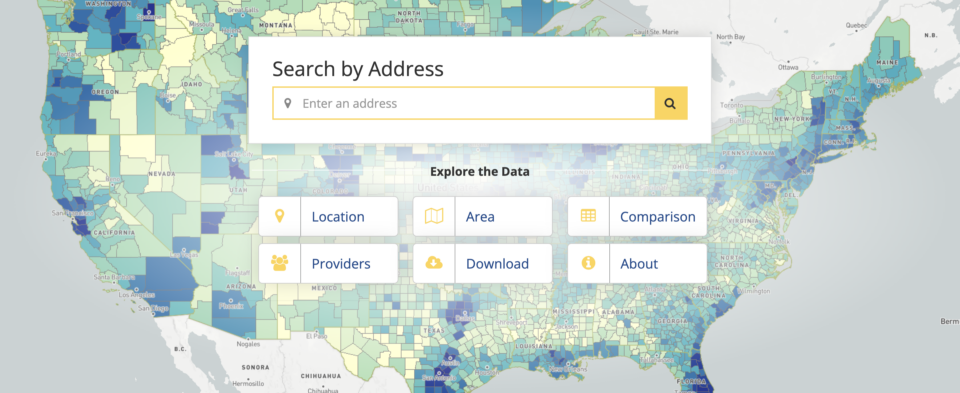
Credit: The FCC map of broadband availability, which relies on data provided by ISPs themselves. Map available at https://broadbandmap.fcc.gov.
Regardless of the political definition of broadband, the FCC’s mapping still efforts woefully undercount the number of Americans without Internet access. This stems from how the FCC defines “served” as well as the reporting mechanism itself. First, the FCC considers an entire area “served” if one home in a census block has broadband. In rural regions, census blocks can encompass miles – hardly granular enough data to see who actually has access. Second, the FCC relies on self-reported data about coverage and speeds from the ISPs themselves. ISPs often provide information on their advertised maximum speeds rather than the speeds that people actually experience. This results in enormous disparities between the FCC’s reported digital divide and the lived realities of Americans. For instance, the FCC lists Lincoln County, Washington (just west of Spokane) as having 100 percent broadband availability. Yet an independent study conducted by Microsoft found that only 5 percent of households actually had access to broadband speeds.
Regardless of the political definition of broadband, the FCC’s mapping still efforts woefully undercount the number of Americans without Internet access.
This is all to say that the FCC’s definition of served and unserved households has devolved into a political battlefield and that the true number of American households with adequate Internet to meaningfully participate online is much worse than we realize.
![]()
No matter how you define broadband, the fact remains that many communities simply do not have the necessary infrastructure for broadband because ISPs have decided certain areas are not profitable enough to deploy a network. Building a broadband network is a costly endeavor. Again, think of the breathtaking number of wires that need to travel beneath us and over us to make the Internet function. Because of this huge infrastructure undertaking, an Internet network requires significant upfront capital to dig up city streets and access utility pole lines. But once set up, the company benefits enormously from economies of scale. It costs very little to provide Internet to a household once the main backbone of the service has been built. This makes it significantly difficult for a competitor to enter the market because a competitor would also have to pay to build the expensive infrastructure but would not yet benefit from the profits associated with a large customer base.
Leslie Morissette, founder of the nonprofit Grahamtastic Connections, has experienced the pains of attempting to connect a home in a currently unserved area. Grahamtastic Connections provides technology and home Internet connections to children with cancer and other serious illnesses while they undergo treatment. One sick child in need of a broadband connection lived in Standish, Maine. With just over 10,000 people, Standish is certainly not a metropolis, but it is also not an isolated rural town. Yet Morissette lamented that a cable company demanded $3000 to install a physical line that would connect one sick child in Standish. A physical cable line was the only option since the nearest cellphone tower was too far away. Ultimately, the service was too expensive for Grahamtastic Connections to afford, and the child couldn’t receive an Internet connection.
As shown by Grahamtastic Connections’ mission, home Internet serves as a lifeline for at-risk populations, especially during a pandemic. Elderly, immunocompromised, and chronically ill Americans rely on Internet connections to safely access telehealth services, stay connected, and continue their education. Morissette underscored how much of a necessity home Internet is for these children. “The children we support, many of them, can’t leave their homes or their hospital beds,” Morissette explained, “so they count on technology to connect them to their classrooms, to their family and friends, even to a medical consultation through the Internet.” Despite the critical nature of a broadband connections, many at-risk Americans remain offline due to the lack of broadband infrastructure in their region.
